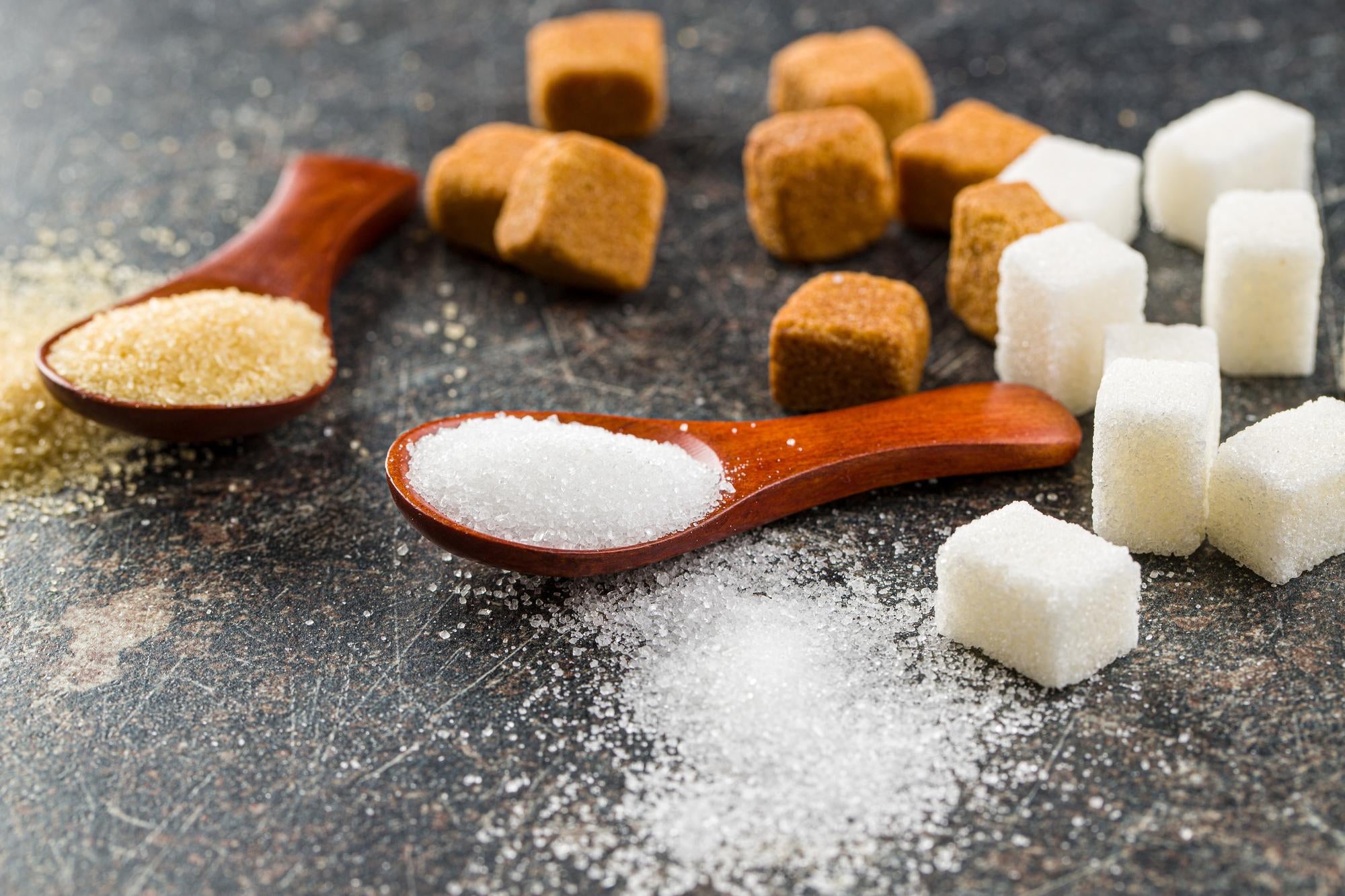The farming methods for beet sugar vs cane sugar contribute to differences in processing efficiency.
Discover the Uses and Perks of Beet Sugar Vs Cane Sugar in Your Daily Diet
Checking out the distinct high qualities of beet and cane sugar discloses more than simply their sweetening capabilities; it highlights their special influence on health and wellness and cookeries. Beet sugar, known for its refined taste, is typically preferred in delicate desserts, whereas cane sugar, with its tip of molasses, adds richness to durable recipes. Each type holds its own dietary profile and glycemic ramifications, welcoming a much deeper understanding of their roles in a balanced diet regimen and lasting consumption methods.
Beginning and Manufacturing Processes of Beet and Cane Sugar

The distinctive environments and soil types required for expanding sugar beetroots and sugarcane add to differences in their cultivation methods and geographical circulation, affecting the economics and sustainability of their production. beet sugar vs cane sugar.
Nutritional Comparison In Between Beet Sugar and Cane Sugar
Regardless of stemming from various plants, beet sugar and cane sugar are nutritionally very similar, both mostly including sucrose. Each gives about 4 calories per gram, translating to roughly 16 calories per teaspoon. Structurally, both sugars are composed of roughly 99.95% sucrose, with very little quantities of various other materials like dampness and trace element, which do not dramatically modify their dietary accounts.

Eventually, when selecting in between beet sugar and cane sugar based upon dietary material alone, both deal the same advantages and downsides as they are basically kinds of the very same particle-- sucrose, giving fast power without various other nutrients.
Effect On Health: Glycemic Index and Caloric Material
Discovering additionally into the effects of beet sugar and cane sugar on wellness, it is necessary to consider their glycemic index and calorie content. Both sugars are classified as sucrose, which contains sugar and fructose. This structure leads them to have a similar influence on blood glucose levels. The glycemic index (GI) of both beet and cane sugar is around 65, classifying them as high-GI foods, which can trigger quick spikes in blood sugar levels. This is an essential element for individuals managing diabetes mellitus or those trying to stabilize their power degrees throughout the day.
Each sort of sugar includes around 4 calories per gram, making their caloric content matching. For those keeping track of calorie intake, specifically when handling weight or metabolic wellness conditions, recognizing this equivalence is important (beet sugar vs cane sugar). Extreme intake of any high-calorie, high-GI food can contribute to wellness issues such as weight problems, heart condition, and insulin resistance.
Environmental and Economic Considerations of Sugar Production
Beyond wellness impacts, the production of beet and cane sugar likewise elevates significant environmental and economic problems. Sugar beet farming tends to need cooler environments directory and has a reduced geographical impact compared to sugar cane, which flourishes in exotic areas. Nonetheless, both crops are intensive in terms of water usage and land profession, possibly bring about deforestation and water scarcity. Financially, the international sugar market is highly volatile, influenced by changes in international trade plans and aids. Several nations incentivize sugar manufacturing via financial backing, skewing market value and affecting small-scale farmers negatively.
Furthermore, making use of pesticides and plant foods in both beet and cane sugar farming can cause dirt deterioration and pollution, further influencing biodiversity and neighborhood water bodies (beet sugar vs cane sugar). The option between growing sugar beet or cane often visit here pivots on neighborhood environmental conditions and economic variables, making the sustainability of sugar manufacturing a complicated issue
Culinary Applications and Taste Distinctions
While the ecological and economic facets of sugar production are certainly substantial, the choice in between beet and cane sugar also influences cooking applications and flavor accounts. Beet sugar, derived from the sugar beet plant, is understood for its remarkably neutral preference.
Walking stick sugar, drawn out from sugarcane, usually retains molasses traces, which impart a distinctive richness and depth. The small variation in wetness material in between beet and cane sugar can impact the structure and uniformity of meals, making cane sugar a recommended selection for certain dishes that profit from its distinct residential properties.

Conclusion
In conclusion, both beet and cane sugar have distinctive beginnings and manufacturing processes, providing similar dietary accounts with small differences in salt web content and flavor. While their effect on health, specifically pertaining to glycemic index and calories, is equivalent, the option between them often comes down to environmental, economic variables, and certain culinary demands. Recognizing these elements can guide customers in making informed choices that line up with their health objectives why not find out more and flavor choices.